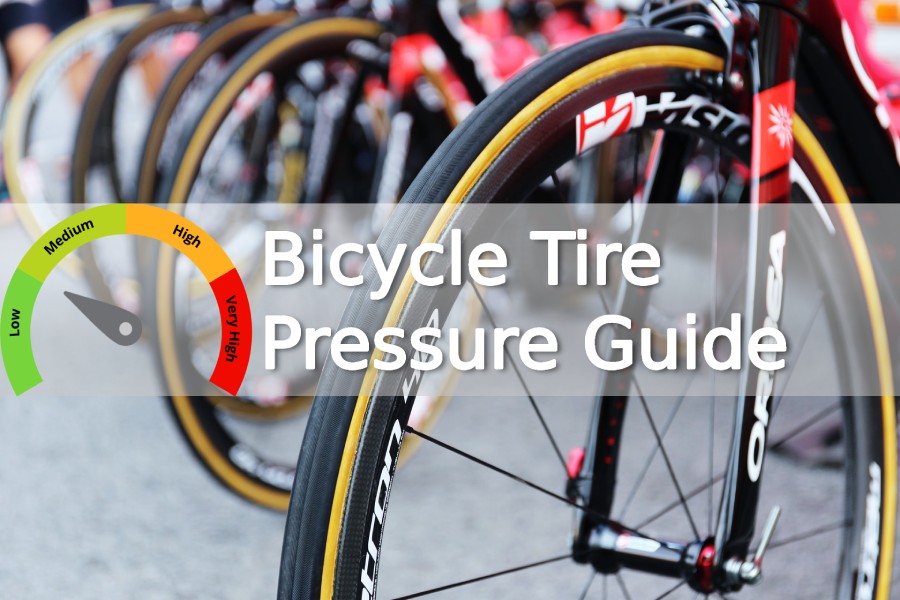
Don’t rely on thumb pressure on the tire.

Having a bike pump with a gauge is necessary to measure your PSI.

As a minimum, check them every week but more regularly if you ride at the low end of the pressure range. Tires lose pressure regularly and consistently. If you commute on the same route and have the same mass on the bike, you won’t need to change PSI too often. Keeping a note of the different ranges of PSI will help but you don’t need to obsess. With all these variables to consider and a wide PSI range, you should experiment to find your optimum range and work out a sweet spot. If you ride with multiple accessories and essential luggage, you should expect to ride further up the scale than if your total bike weight is leaner. Rider weight is the dominant factor which determines where on the PSI sliding scale you should be.Ĭarrying weight is an important element of your optimal PSI. The middle of a tire’s PSI range is typically aimed at a rider weight of between 70kg / 154lbs and 80kg / 176lbs. Well, congratulations if you always ride in this environment! It is usual for the maximum recommended pressure to reflect a tire’s ability to perform in dry conditions and a butter-smooth surface. Put another way, the pressure can increase by 45% from the minimum. The total range is 45psi in this example.

The mid-point would be 122psi or 8.41bar. The manufacturer is European, where countries choose to measure in one format or another. In the example above, for a road racing tire, on the far right of the markings, we see a recommended range of 100 – 145psi or 7-10bar. This is definitely not for the riders who simply go by feel, but for those looking to run specific psi it could be pretty useful.The recommended PSI range is stamped or stuck onto the tire sidewall (Image credit: Kevin Glenton) Obviously temperatures on the trail may change, and you need to know what the temperature is when you’re inflating your tires. Using the chart above, it should be a bit easier to arrive to your destination with the desired pressure right off the bat. That PV=nRT is the Ideal Gas Law where P is pressure, V is volume of gas, n is the amount of gas in moles, R is the ideal gas constant, and T is the all important temperature in this case. Other 3.8″ fat bike tires mounted to 80mm rims should have similar numbers, but wider tires will require some additional math and the use of one of the many PV=nRT calculators found online. Starting with the Ideal Gas Law, Bontrager put together the Conversion chart above based on the air volume of a Hodag Tire (3.8″) on a Jackalope rim (80mm). While 4 psi might not sound like much, if you’re running 8 psi in a fat bike tire, losing half of your air pressure is a pretty big deal.Ĭheck out Bontrager’s conversion chart next…

Most people know that air pressure drops when it’s cold, but how much? If you’re checking your tire pressure with a gauge at 70✯, your psi may drop by as much as 4 pounds by the time you get outside. After all, it can be much easier to work small parts like presta valves when you can actually feel your fingers. But what about tire pressure? If you’re like most riders willing to brave the cold, you probably inflate your tires inside your garage, basement, shop, etc. You just got your new Bontrager Jackalope and Hodag combo set up and ready to go, now it’s time to hit the trails.


 0 kommentar(er)
0 kommentar(er)
